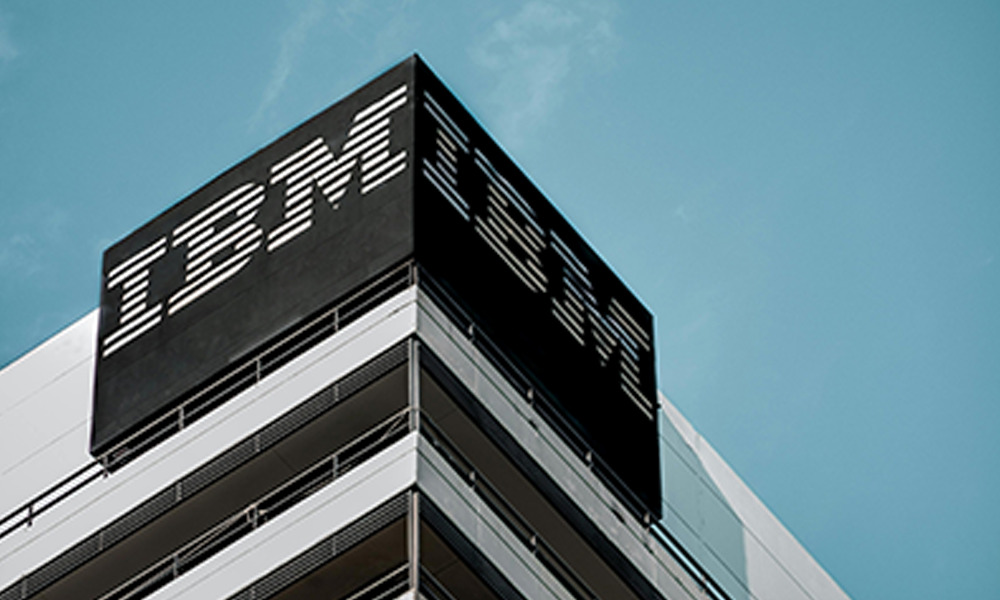Data centers are the hub of businesses’ IT infrastructure: the heart of the tech that manages all incoming requests from staff, users and customers alike. Now vast warehouse spaces generating huge amounts of electricity, data centers are still often requiring expansion or relocation to manage ever-growing demand. When an organization outgrows its current infrastructure, it will need to enact a data center extension or relocation project – and this in itself can be a seriously big, time-consuming job.
In the event a business does need to relocate its data center, it must do so with a robust enough project plan to minimize any disruption to end users or business operations. As such, it’s usually recommended that organizations work with a specialist provider of such services to guarantee performance and capacity throughout. Enter, Procurri!
What’s the difference between a Data Center Relocation and a Data Center IMAC?
Generally speaking, there are two types of data center change in line with organizational growth and an increase in demand. These are a full data center location, and a data center IMAC.
IMAC is an acronym referring to Install/Move/Add/Change. IMAC services provide a structured approach to managing the dynamic nature of data center environments – but only within the existing infrastructure. This includes:
- Install – the installation of new hardware and systems, ensuring they are properly configured and integrated into the existing infrastructure
- Move – relocating hardware within the existing data center. Dependent on the scale of the hardware to be moved, this may include disconnection, packing, transportation and reinstallation
- Add – the adding of new components to the existing configuration or the upgrade of existing hardware to enhance capability
- Change – the replacement or modification of the existing hardware and/or software. This can include configuration changes, software updates, and hardware upgrades.
A data center relocation, however, refers to the process of moving the physical hardware assets of a data center to a new data center environment. This is usually due to a business outgrowing its existing IT infrastructure and requiring more space for additional or more ‘heavy duty’ hardware to add to the configuration. A data center relocation may include:
- The relocation of a data center configuration to a whole new facility
- The relocation of some or all of a data center configuration to a co-location facility
- The relocation of some or all of a data center configuration to a different location within its existing facility
- Migrating to the Cloud.
All are considerably larger and more complex projects than simple IMAC amendments to an existing data center configuration.
Signs that a business needs to consider a Data Center Migration
The nature of a data center relocation can be so complex that it needs vigorous and thorough planning well ahead of any proposed move. As such, businesses need to identify their expansion needs in advance and be prepared to enact a lengthy project to cater for them. There are several tell-tale signs that a data center migration may soon be required, including:
- The existing data center infrastructure struggling to manage capacity during busy periods
- The existing data center infrastructure not allowing for IMAC due to physical space constraints
- Key assets of the existing data center infrastructure are out-dated and no longer performing as they should
- The existing data center infrastructure is not likely to be able to integrate acquisitions or demands from business growth
- Latency levels are too high and improved connectivity is needed.
The Stages of a Data Center Relocation Project
A data center relocation can be a major project comprising many different stages. Typically speaking, these include:
Initial project planning
Data center relocation should be properly project managed by an expert who is able to vigorously plan, communicate and interact with all stakeholders involved. Ideally, a project manager will be appointed to take ownership of the project. This will need to be someone with experience and the ability to work with a wide variety of people, often breaching conventional reporting methods and management lines.
The project manager should create a project plan that details all deliverables along with their deadlines, dependencies and owners, alongside a communication plan to keep all relevant parties in the loop throughout. Stakeholders should be aware of their roles and responsibilities within the project and understand their SLAs.
As data center relocation projects often involve numerous third party companies, it’s critical that everyone has oversight of contract agreements and clauses that may impact their work. Stakeholders will also need access to any documents relevant to their own involvement, such as building blueprints, asset lists and facility diagrams.
Inventorying assets
Once the approach to the relocation project has been agreed, an inventory should be completed of all IT assets within the current data center environment; whether or not they will be moved. An owner should be identified for each, and all network connectivity included. Furthermore, it’s important that all applications used are listed out, and any currently undocumented hardware or other equipment is included in the inventory.
Assets that won’t be moved should have a plan in place for IT Asset Disposition (ITAD), which may include refurbishment and resale, recycling or disposal. If working with Procurri, you’re guaranteed a zero-to-landfill approach to all e-waste.
Planning new infrastructure build
There should be a robust plan in place for the new infrastructure at the new data center site – even if this is a relocation to a different area in the same facility. Every piece of hardware should be accounted for and have a planned location, with plenty of airflow to allow for whichever cooling systems will be installed.
Such planning is often completed using software to create a virtual layout that will highlight any potential issues/vulnerabilities. An engineering team can then be consulted to model the network design and use network flow analysis to ensure optimum performance of all assets without any overload.
If there are any concerns or weaknesses in the current data center environment, these should be considered and factored in so that they do not occur again.
Pre-migration planning
A vigorous and thorough plan for the day of migration and all actions to be completed should be assigned to those responsible for them. If actions are likely to impact BAU or operations, the organization must decide whether to continue and notify users of disruption, or to phase the approach over several dates as opposed to just one.
Involved parties should visit the new location and familiarize themselves with all entrances, exits and access routes.
A disaster recovery/business continuity plan should also be put in place so that if an incident occurs, or any plans must change, service can be quickly resumed.
Any installations that can be managed ahead of time should be done if so, and all PDUs should be in place and configured correctly.
All involved parties should have full access to all relevant project plans and all relevant physical locations in time for the move.
Umsiedlung
On the day of the planned data center migration, first a roll call of all staff and then an inventory of all assets to ensure everything has been correctly delivered to the new location.
Layout plans should be updated whenever an asset is successfully installed, and inventories updated. All involved team members need to remain flexible and open to change – as often deliverables may shift during the process.
Testing
Once everything has been installed, it must be tested and verified for its operational performance and capacity. Spot audits can be completed.
Go live!
As soon as all parties have signed off on all areas of the plan, the network can go live and begin operations.
Work with the Data Center Relocation experts
Procurri offers comprehensive relocation services worldwide. Our expert team of project managers, technicians and engineers can manage your relocation entirely end-to-end, minimizing all risk and ensuring a seamless service throughout for your end users.
Procurris umfassende Dienstleistungen für den Umzug von Rechenzentren umfassen Logistik, Installation, Wartung, Deinstallation und Datenlöschung sowie die folgenden Leistungen:
- Expert planning
- 24/7 specialist support
- Physical relocation
- Data security and compliance
- ITAD and lifecycle services
- Hardware rental solutions
- Cloud migrations.
No matter how complex your configuration or long distance your data center migration, Procurri can help manage the process comprehensively with the most specialist technicians and engineers.
Get in touch today and learn more about how we can help you move data center locations!





